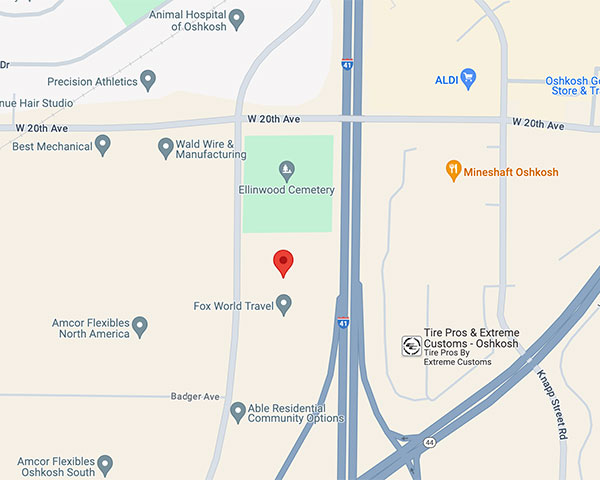
Refractive
What is LASIK?
LASIK is a surgical procedure that reshapes the cornea to help you see without glasses. The cornea has a clear dome shape at the front of the eye. It is responsible for bending the light so that it is focused properly. For people who are nearsighted (myopia), the light is focused too quickly. If you are farsighted (hyperopia), the light is focused too slowly. Astigmatism is an aberration that causes light in one plane to be bent differently causing distortion. LASIK uses a laser to resurface the cornea and correct the refractive error.
Wavefront / Custom Vue
Custom LASIK is an advanced laser technology which corrects for irregularities specific to your eye. While conventional laser will correct for nearsightedness (myopia), farsightedness (hyperopia) and astigmatism, wavefront treatments will address higher order aberrations which are unique to your eye. This allows for vision which can be better than what glasses or contacts can offer. Studies show that Custom LASIK procedures result in more patients seeing 20/20, 20/15 and even better.
Clear Choice
Until recently, there has been little that could be done about the need for bifocals or reading glasses. Eventually, everyone needs bifocals. It is a normal process of aging as the natural lens inside our eyes becomes stiff. Most people begin using bifocals in their early 40s and continue for the rest of their lives.
PRK
PRK (phototherapeutic keratectomy) uses the LASIK laser without creating a flap in the cornea. It is the procedure that predates LASIK but is still used in certain cases when LASIK may not be safe. If this laser treatment is most appropriate, drops will be needed for a longer time after surgery. Drs Larson or Raven will recommend PRK if it is necessary.
ICL
The implantable contact lens is a surgery which has allowed vision correction for people who have been poor LASIK candidates. The ICL is a contact lens which never needs to be removed since it is placed inside the eye. While LASIK removes tissue from the cornea and lens extraction removes the crystalline lens, the ICL is implanted without removing any tissue. This allows for people with high glasses prescriptions or thin corneas to have refractive surgery. At the same time, it maintains the ability to accommodate (focus on near objects). In addition, the contact lens can be removed and replaced if there are refractive changes after surgery.
While there are many refractive surgery options, Drs Larson, and Raven will examine your eyes and recommend the best options.







